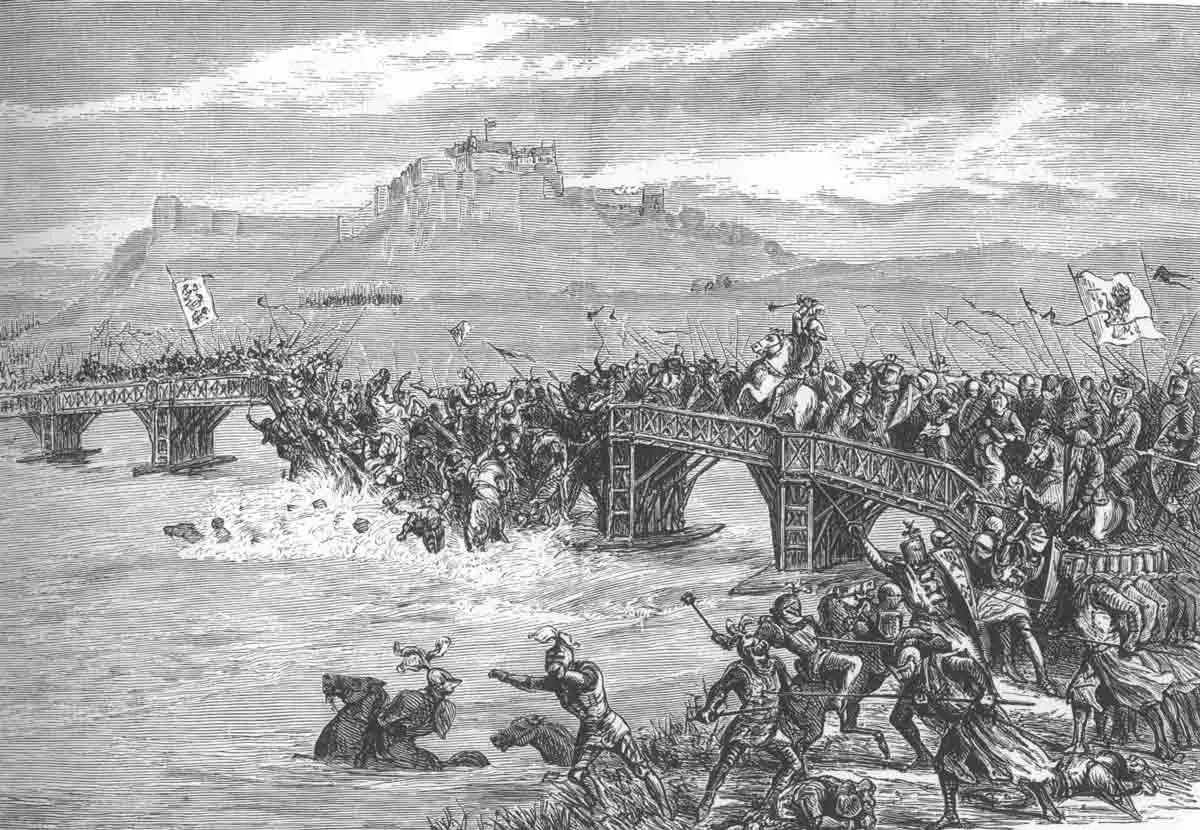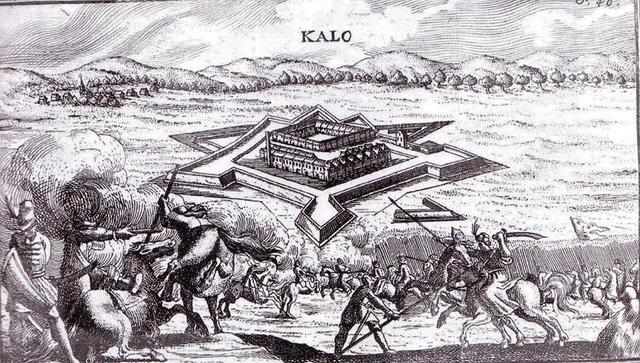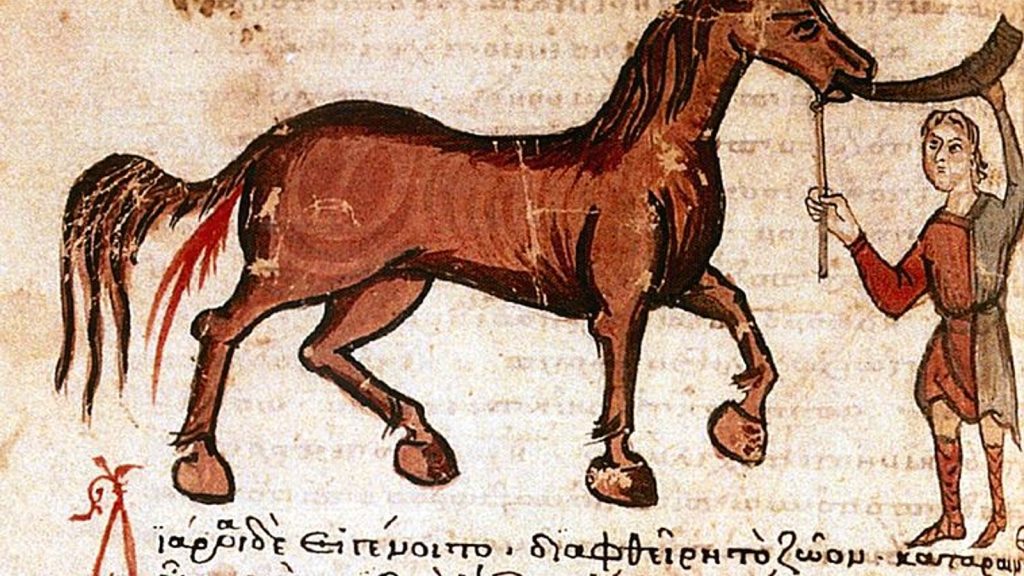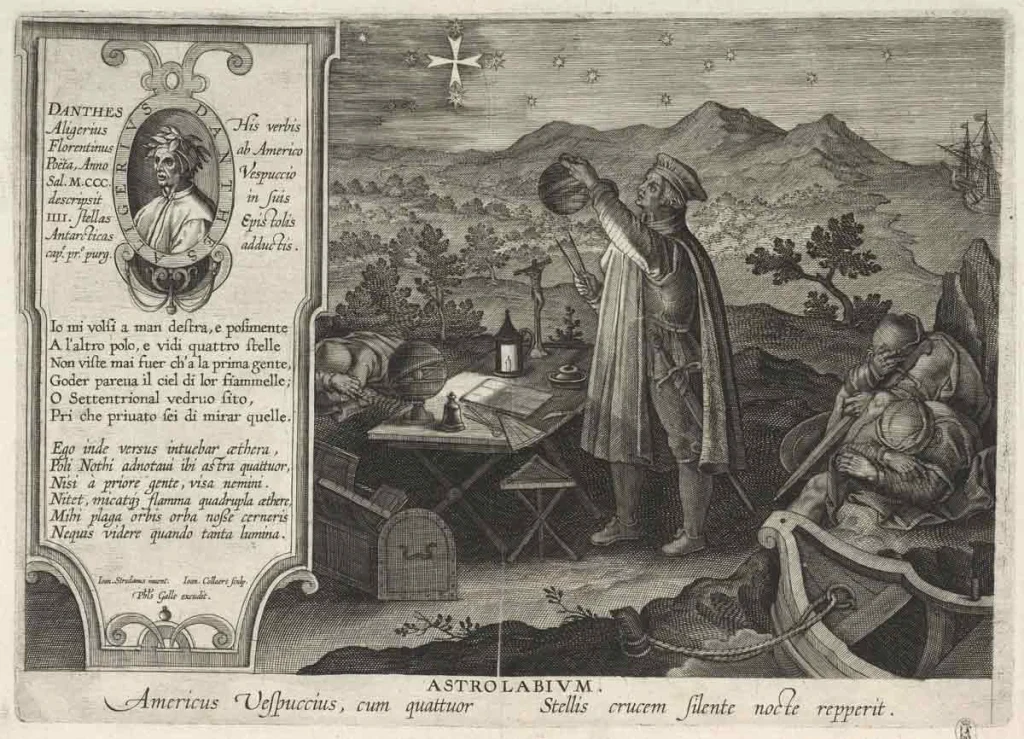# Edward I: England’s Warrior King
England has seen many kings, but few have matched the sheer force of will and military prowess of King Edward I. Towering in both stature and reputation, Edward was a ruler who shaped the destiny of medieval Britain through war, conquest, and ruthless determination.
Born in 1239 as the eldest son of King Henry III, Edward’s life was anything but ordinary. From rebellious prince to crusader, from conqueror of Wales to the hammer of the Scots, his reign was defined by conflict—and his legacy remains etched in stone, quite literally, in the castles that still stand today.
A Prince in Rebellion
Young Edward was no obedient heir. In 1259, at just 20 years old, he shocked the court by supporting a baronial revolt against his own father. Most medieval princes would have been disinherited for such defiance, but Edward was lucky—he reconciled with Henry III and proved his loyalty during the Second Barons’ War (1264-67).
At the Battle of Lewes (1264), Edward was captured by rebel forces led by Simon de Montfort, the fiery nobleman who had seized control of England. Yet Edward escaped months later and led a royalist army to victory at the Battle of Evesham (1265), where de Montfort was killed—his body mutilated as a warning to future rebels.
By 1267, the rebellion was crushed, and Edward emerged as a formidable leader. But rather than settling into court life, he set off on a crusade to the Holy Land in 1270, earning fame as a warrior.
The Coronation of a King
While returning from the crusade in 1272, Edward received news of his father’s death. Remarkably, he didn’t rush home—instead, he took his time, finally arriving in England two years later for his coronation in 1274.
His reign began with a challenge: Wales.
The Conquest of Wales
The Welsh prince Llywelyn ap Gruffudd refused to bow to Edward, even planning to marry Eleanor de Montfort—daughter of Edward’s old enemy, Simon. This was too much for the English king.
In 1276, Edward declared war. Surprisingly, most of his army was Welsh—9,000 out of 15,000 soldiers. Llywelyn, lacking support, surrendered in 1277 but kept his title as Prince of Wales.
But peace didn’t last. In 1282, the Welsh rose again—this time united under a nationalist cause. Edward responded with brutal efficiency. At the Battle of Orewin Bridge (1282), Llywelyn was killed, and his brother Dafydd was later captured and executed as a traitor. His head was displayed on London Bridge as a grim warning.
Edward then built massive stone castles—Caernarfon, Conwy, Harlech—to secure his hold on Wales. In 1284, his son (the future Edward II) was born at Caernarfon Castle, a symbolic move to show the Welsh that England now ruled their land.
A King in Mourning
Edward’s personal life was marked by deep love—and deep loss. His wife, Eleanor of Castile, bore him 14 children, though only a few survived to adulthood. When she died in 1290, Edward was devastated.
In her memory, he erected Eleanor Crosses at every stop her funeral procession made. These beautiful monuments still stand today, a testament to a rare medieval love story.
The Expulsion of the Jews
One of Edward’s darkest acts came in 1290—the Edict of Expulsion, forcing all Jews out of England. They were allowed to take only their personal possessions; debts and synagogues were seized by the Crown.
This was the first mass expulsion of Jews in Europe, and the ban lasted 365 years, only overturned in 1656 under Oliver Cromwell.
The Scottish Wars Begin
Edward’s greatest challenge was Scotland.
In 1290, Margaret, Maid of Norway—betrothed to Edward’s son—died at sea, leaving Scotland without an heir. Edward saw an opportunity. He claimed lordship over Scotland and installed John Balliol as a puppet king in 1292.
But Balliol rebelled, allying with France (the “Auld Alliance”). Edward invaded in 1296, sacking Berwick-upon-Tweed, stealing the Stone of Scone (used in Scottish coronations), and forcing Balliol into exile.
William Wallace: The Rebel Who Defied a King
With Scotland in chaos, a new leader emerged: William Wallace.
In 1297, Wallace led the Scots to victory at the Battle of Stirling Bridge, defeating a much larger English force. He was named Guardian of Scotland, but Edward struck back at the Battle of Falkirk (1298), crushing Wallace’s army.
Wallace went into hiding but was captured in 1305. Edward, known for his merciless justice, had Wallace hanged, drawn, and quartered for treason. To the Scots, Wallace became a martyr—a symbol of resistance.
The Rise of Robert the Bruce
Even after Wallace’s death, Scotland refused to yield. Robert the Bruce, a nobleman who had once sided with Edward, turned against him. In 1306, Bruce killed a rival and crowned himself King of Scotland.
Edward, now in his late 60s and suffering from illness, was carried north on a litter to lead one last campaign. But he never made it. On July 7, 1307, the warrior king died near the Scottish border.
Legacy of the Hammer of the Scots
Edward I left behind a divided Britain. His conquests in Wales were complete, but Scotland remained defiant. His son, Edward II, would fail where his father had succeeded, losing at Bannockburn (1314) to Robert the Bruce.
Yet Edward I’s impact was undeniable. He was a brilliant military strategist, a ruthless ruler, and a builder of empires. His castles still stand, his laws shaped England, and his wars defined British history.
Love him or hate him, Edward I was England’s last great medieval warrior king—a man who ruled with an iron fist and left a legacy carved in stone and blood.











































